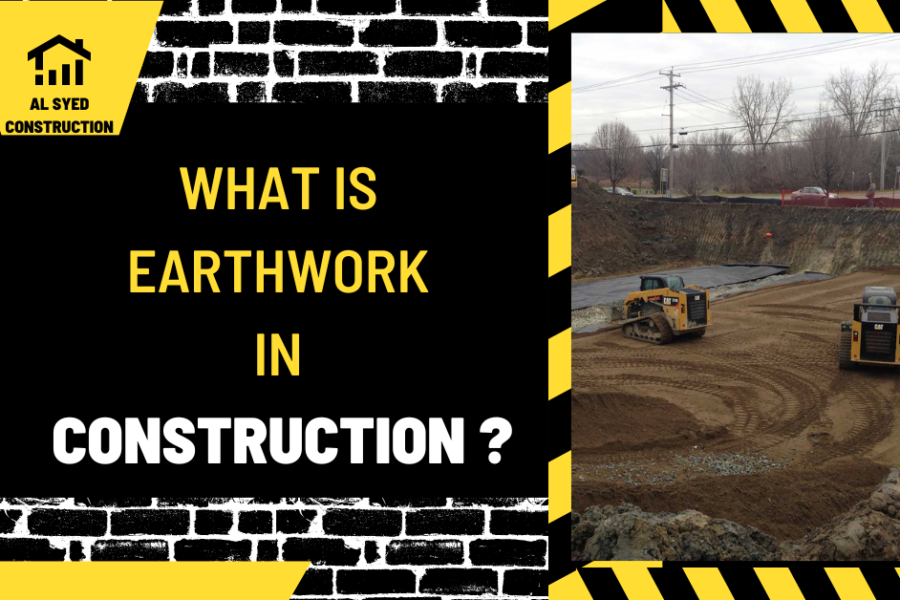What is Earthwork in Construction?
Table of Contents
Introduction
Earthwork is a fundamental aspect of construction that involves the excavation, movement, and compaction of soil and rock to create a stable foundation for building structures. It is the first step in the construction process, preparing the ground for the construction of roads, bridges, buildings, and other infrastructure. This article will explore the various types of earthwork, the equipment used, and the importance of earthwork in construction projects.
Understanding Earthwork in Construction
Types of Earthwork
Earthwork in construction can be categorized into three main types:
- Excavation: The process of removing soil or rock from a site to create a hole, trench, or cavity.
- Filling: Involves adding soil or rock to a site to raise the ground level or fill in holes or depressions.
- Compaction: The process of compressing soil or fill material to increase its density and stability.
Equipment Used in Earthwork
A variety of heavy machinery is used in earthwork, including:
- Excavators: Used for digging and removing soil or rock.
- Bulldozers: Employed for pushing and moving large quantities of soil or fill material.
- Compactors: Utilized for compacting soil to increase its density and stability.
Importance of Earthwork in Construction
Earthwork is crucial for several reasons:
- Foundation Stability: It ensures that the foundation of a structure is stable and capable of supporting the load of the building.
- Drainage: Proper grading and shaping of the land during earthwork help in managing water runoff and preventing flooding.
- Site Accessibility: Earthwork creates level surfaces and access routes for construction equipment and materials.
Challenges and Considerations in Earthwork
Successful earthwork requires careful planning and execution. Some challenges and considerations include:
- Soil Analysis: Understanding the soil type and properties is essential for determining the appropriate excavation and compaction methods.
- Environmental Impact: Earthwork can disturb the natural landscape, so measures must be taken to minimize environmental damage.
- Safety: The use of heavy machinery and the risk of soil collapse make safety a top priority in earthwork operations.
Conclusion
Earthwork is a critical component of the construction process, providing the foundation for safe and stable structures. By understanding the different types of earthwork, the equipment used, and the importance of proper execution, construction professionals can ensure the success of their projects. As construction techniques continue to evolve, the role of earthwork in building a better and more sustainable future remains undiminished.




